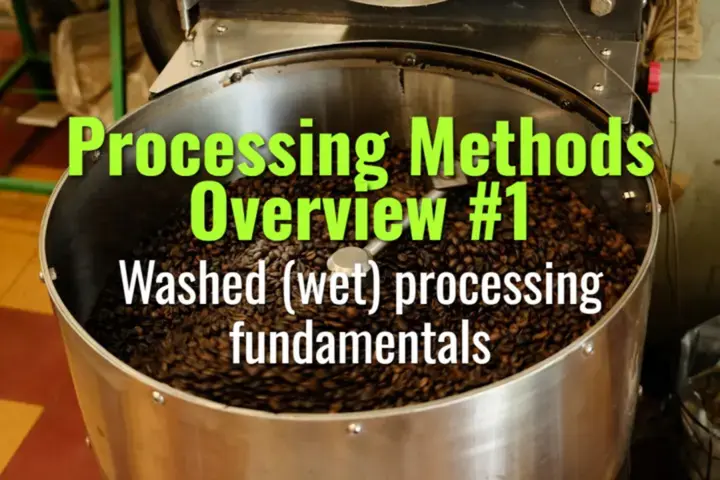
Washed (wet) processing fundamentals
This topic explains the fundamentals of washed (wet) coffee processing, covering the main steps, advantages, challenges, and sensory outcomes of this widely used method.

This topic explains the fundamentals of washed (wet) coffee processing, covering the main steps, advantages, challenges, and sensory outcomes of this widely used method.
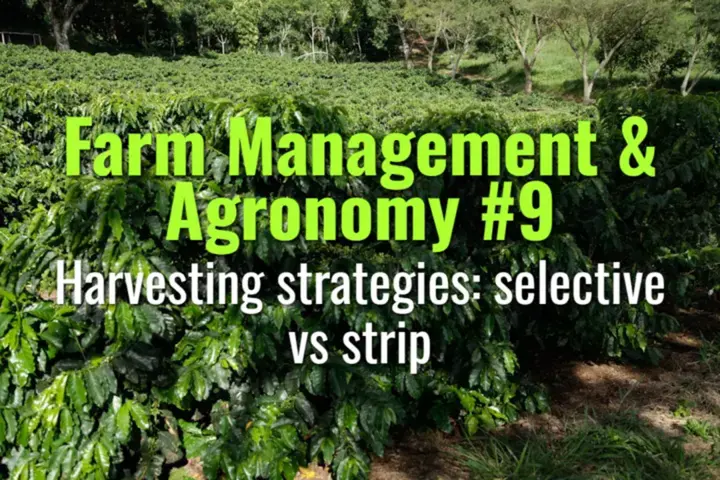
This topic explains the two main coffee harvesting strategies—selective picking and strip harvesting—highlighting their methods, advantages, disadvantages, and impact on quality and yield.
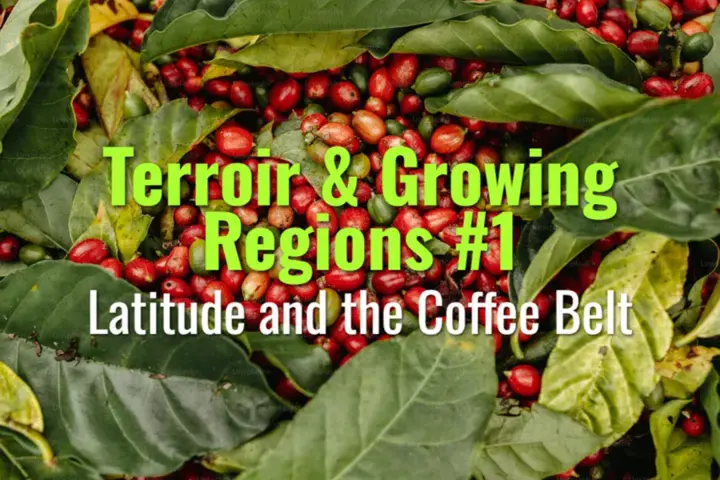
This topic introduces the concept of the Coffee Belt—the latitudinal zone where coffee grows best—explaining its geographic range, climatic conditions, and why it is central to global coffee production.
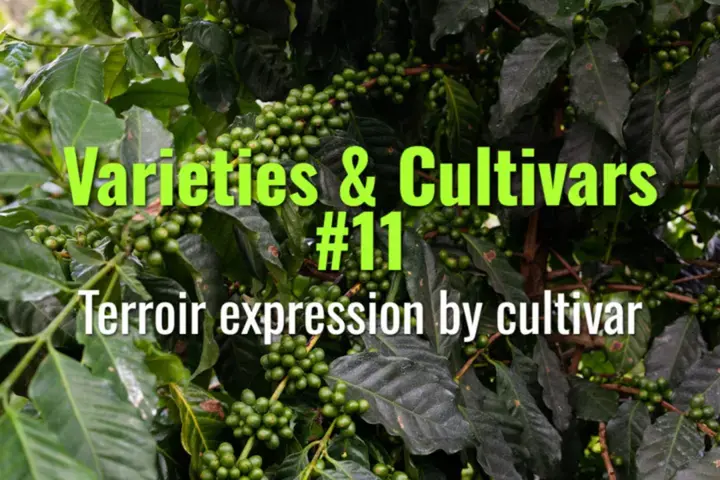
This topic explains how different coffee cultivars express terroir—the interaction of genetics with environment—shaping cup profiles, identity, and consumer appreciation of origin.
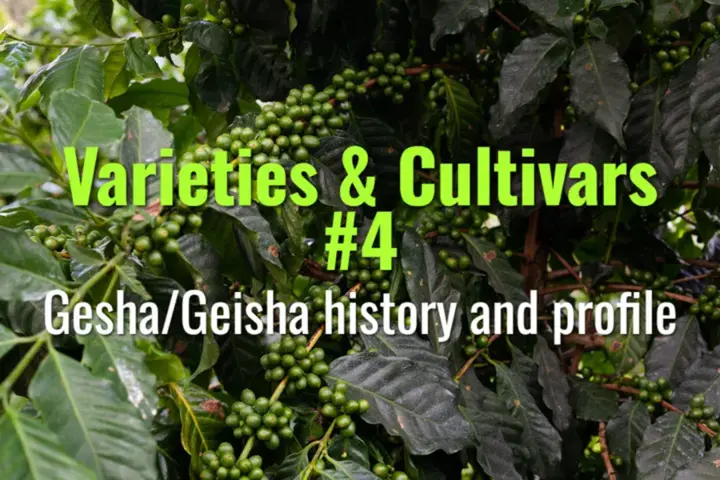
This topic covers the history of the Gesha/Geisha variety, from its Ethiopian origins to its rediscovery in Panama, and explains why it has become one of the most celebrated and expensive coffees in the world.
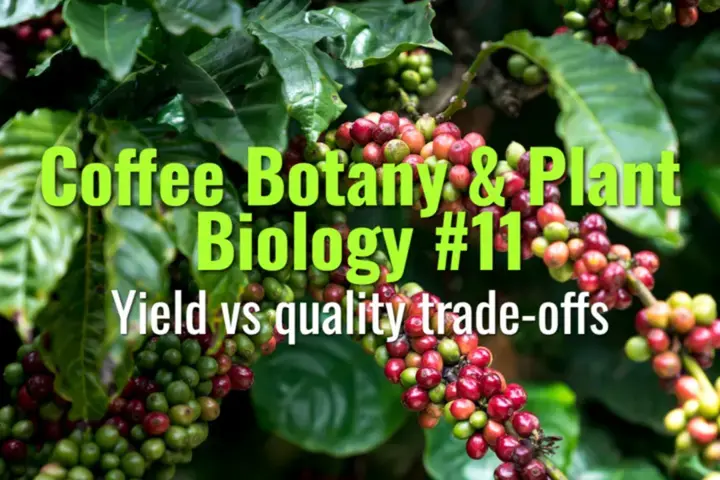
This topic explains the natural and management-driven trade-offs between maximizing coffee yield and achieving high cup quality, and why farmers, buyers, and consumers must balance these competing priorities.